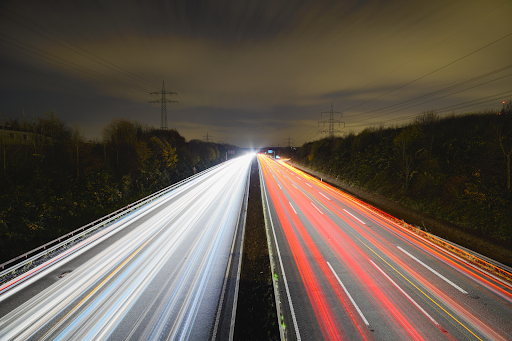International roadways are ever-evolving. As the automotive technologies progress, the infrastructure that supports transport must be open to change. The roadways we currently use risk becoming outdated and might be unusable for the new generation vehicles which will soon enter the market. There are interesting ideas for smart roadways and various technologies behind them.
Several countries have started improving their roadways with the integration of solar and piezoelectric technology. Such upgrades allow roadways to make use of the energy of the 70 million cars that are on the road today. Piezoelectric energy harvesting, specifically, redistributes that energy, while solar-based infrastructure makes use of sun-drench landscapes around the world. Technologies have even been introduced that transform roadways into wireless chargers, ensuring that any smart devices carried by motorists remain charged at all times.

Exploring and Expanding on Solar Roads
Solar energy has been transforming urban and rural infrastructure alike for years, as it is one of the best-advertised sources of alternative energy and relatively easy to work with. With the EU’s recent investment and re-invigoration of its renewable energy targets, solar farms have become even more popular alternatives to the energy produced from coal or petrol.
How does this impact today’s roadways? As of yet, solar roadways haven’t been implemented in England or its surrounding countries. France, however, has taken advantage of the opportunity a solar road represents.
In 2016, a one-kilometre block of roadway was installed in Normandy. Thanks to solar panels integrated into the existing roadway in the area, road surface diverts the energy it garners from the overhead sun to a nearby town. From underneath the pavement, the solar panels can collect sunlight, either as it is visible to the human eye or processable on the UV spectrum, and transfer that energy into batteries.

Piezoelectric Energy Harvesting
Piezoelectric energy harvesting works in a similar manner, though its infrastructure is perhaps less subtle than that of roadway solar panels.
The infrastructure with piezoelectric energy harvesting in mind collects energy by harnessing the vibrations of cars passing by. In order to do this, crystals need to be embedded into the roadway so that they can later be deformed by the weight of a passing car. That deformation generates energy, and that energy is stored in an available battery for redistribution.
Thus far, only one roadway that makes use of piezoelectric energy harvesting techniques has been internationally advertised, namely the “rumble road” in California. The road’s successful powering of its own street lights with car-generated energy has encouraged research into the piezoelectric energy harvesting process around the world, but further integration lies in the future.
Wireless Road Charging
The ability to utilise electric energy in order to wirelessly charge a smart device or the car itself is truly revolutionary. With EVs growing in popularity, both for their ease of use and for their environmentally-friendly builds, the need for frequent charging is becoming more pressing.
Sweden has installed 2 kilometres of electric rail into one of its roadways. As the country intends to be fossil-fuel free by 2030, this installation is one step in a larger plan to limit the country’s need for petrol and similar non-renewable resources.
The rail installed in the roadway near Stockholm makes use of an arm-like extension that can be attached to the bottom of Swedish cars. This arm connects with the rail on the roadway and is transferred to the vehicle through the circuit. The arm will disconnect when the car driving overhead stops, and a subsequent fee – much like that implemented on petrol at petrol stations – will be digitally charged to the driver.
The process is still in development but the Swedish government, at the least, is firm in their decision and intends to have this stretch of road serve as an example of the human ingenuity necessary to bring about the roadway infrastructure of an environmentally-friendly future.

Wind-Powered Street Lights
It’s not the roads themselves that have the potential to provide energy to roadside equipment or small towns. Around the world, alternative energy has found a home in the street-side street light. Wind-powered street lights are, in fact, compact vertical axis wind turbines.
By making use of aesthetically-appealing designs, engineers have enabled street lights to support concave “fans” which rotate and, in turn, power the street light that supports them. Because they can operate low to the ground, there is potential for these wind-powered street lights to find use on rooftops, not as sources of light but rather as stand-alone energy generators.
For the moment, though, these generators-in-disguise can be found in Hawaii, Barcelona, and China. Use of these roadside features forces drivers to look outside of the box when considering the ways in which roadway infrastructure can be utilised in order to promote the use of green energy around the world.
How will the UK’s smart motorway infrastructure evolve, with so many options at the country’s disposal? That remains to be seen. There is a certain measure of comfort to be taken, though, in the ongoing development of unique, environmentally-friendly, and technologically-savvy roadway infrastructure around the world today.